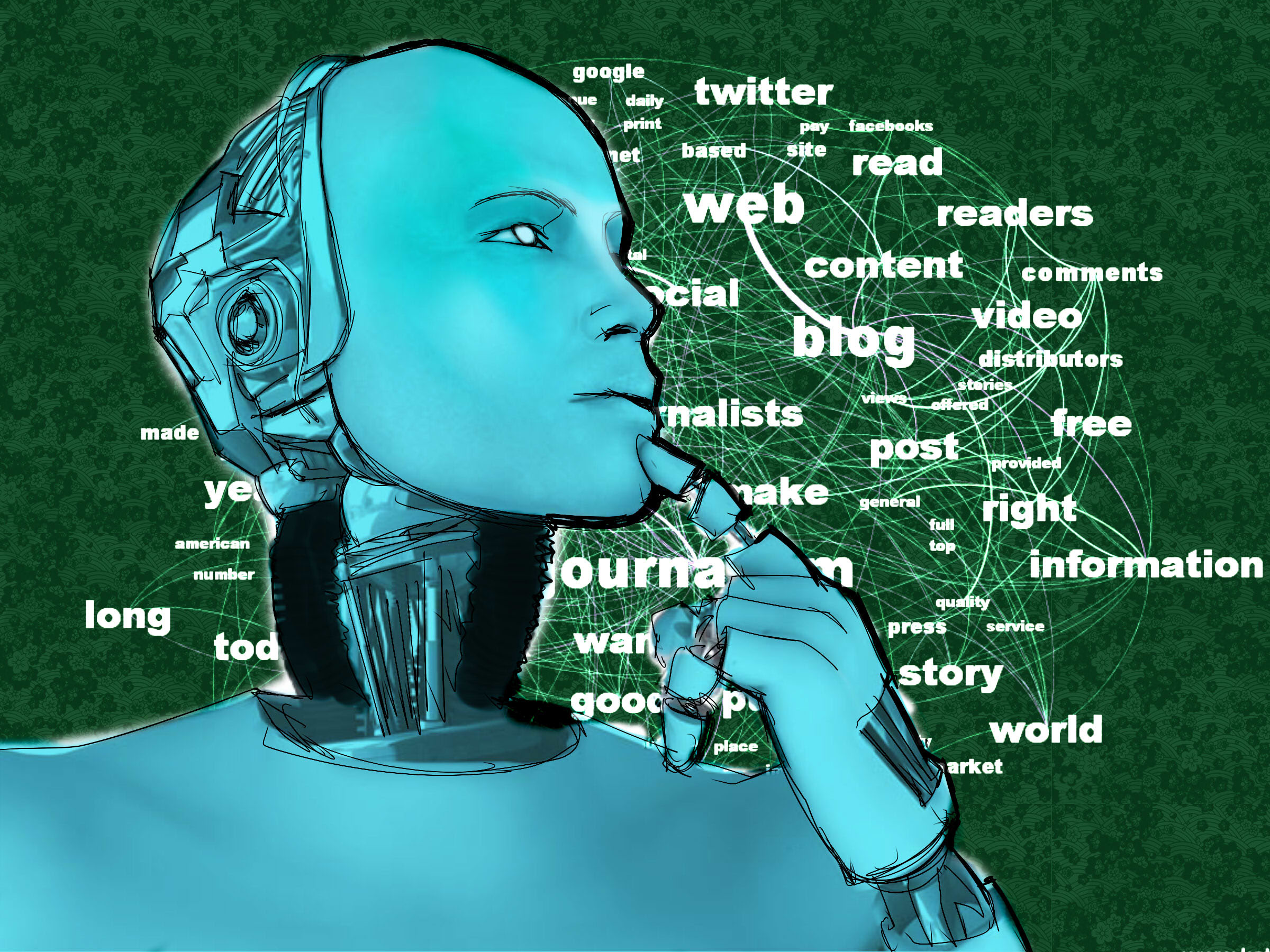Imagine the newsroom of the future – filled with computers taking in data and spitting out news articles; a world where human journalists have become obsolete. Is this mere imagination, or are journalists getting closer to being replaced by machines?
There are some moments in modern life that seem, upon reflection, more like science fiction than reality. That was the case when I found myself on the Narrative Science webpage, where I came across a blog post titled “Human Insight at Machine Scale.” This led me to a short video describing what Narrative Science was about. In it, the narrator says, “Our patented artificial intelligence engine automatically transforms structured data into written narratives indistinguishable from those written by humans.” The video explained that Quill – the recently-developed software – could turn numbers, symbols, charts, and graphs into human language (in this case, English) that would be indistinguishable from that of a human’s.
Narrative Science is not the only company working on this type of product. Automated Insights, a company that works with news agencies such as Bloomberg and USA Today, promotes a similar product that uses artificial intelligence (AI) to scan large data sets and write automated stories. “Except we [produce stories] in real-time and at a scale of millions,” they advertise on their homepage.
This type of “automated content” produced by AI or software is now being used to produce what’s called “algorithmic news” – short articles written based on a series of algorithms that puts information together in the form of a story. Some media outlets are already using these technologies. For example, the Los Angeles Times has an automated content generator capable of reporting news of an earthquake minutes after it occurs.
Christer Clerwall, a professor at Karlstad University in Sweden, conducted a study earlier this year to compare people’s assessment of news written by a journalist and a machine. The ratings given by the 46 subjects came incredibly close. Although people seemed to find most automated-content articles to be “descriptive and boring,” people had difficulty distinguishing the origin of the article (man or machine). Almost no differences were found on the various measures, but articles written by journalists were judged as slightly more coherent and pleasant to read.
Though these results may draw a bleak picture for journalists, there are still limitations to the technology. The current algorithms are unable to produce opinionated or insightful pieces. Creativity is an intrinsically human trait that allows us to think outside the box to develop new ideas. Any algorithm that can currently be implemented in a machine will follow a strict path, and cannot yet challenge the flexibility the human mind can offer.
Currently, the automated content produced by software mostly consists of short, organized reports of available datasets. These capabilities may prove very helpful when it comes to financial reports or sports statistics, which summarize the most relevant points from a data bank. However, there is a gap between an easy-to-understand report and an article or dissertation on a topic capable of giving us different perspectives, new ideas, or questions about its content.
Journalism is more than the mere act of producing simple reports of data or facts. Rather, it is a creative exercise that questions ideas, exposes unique points of view, and generates new approaches to subjects that may awaken the reader’s interest. Without creativity and comprehensive understanding, both exclusive of human beings and non-existent in machines, there can be no new venues of interpretation.
Great ideas, deep analysis, and random moments of inspiration when a new point of view arises cannot be predicted, orchestrated, or programmed. Creativity is something that automated-software will not be able to easily mimic. As technology develops, traits once thought to be uniquely human will continue to be challenged.

